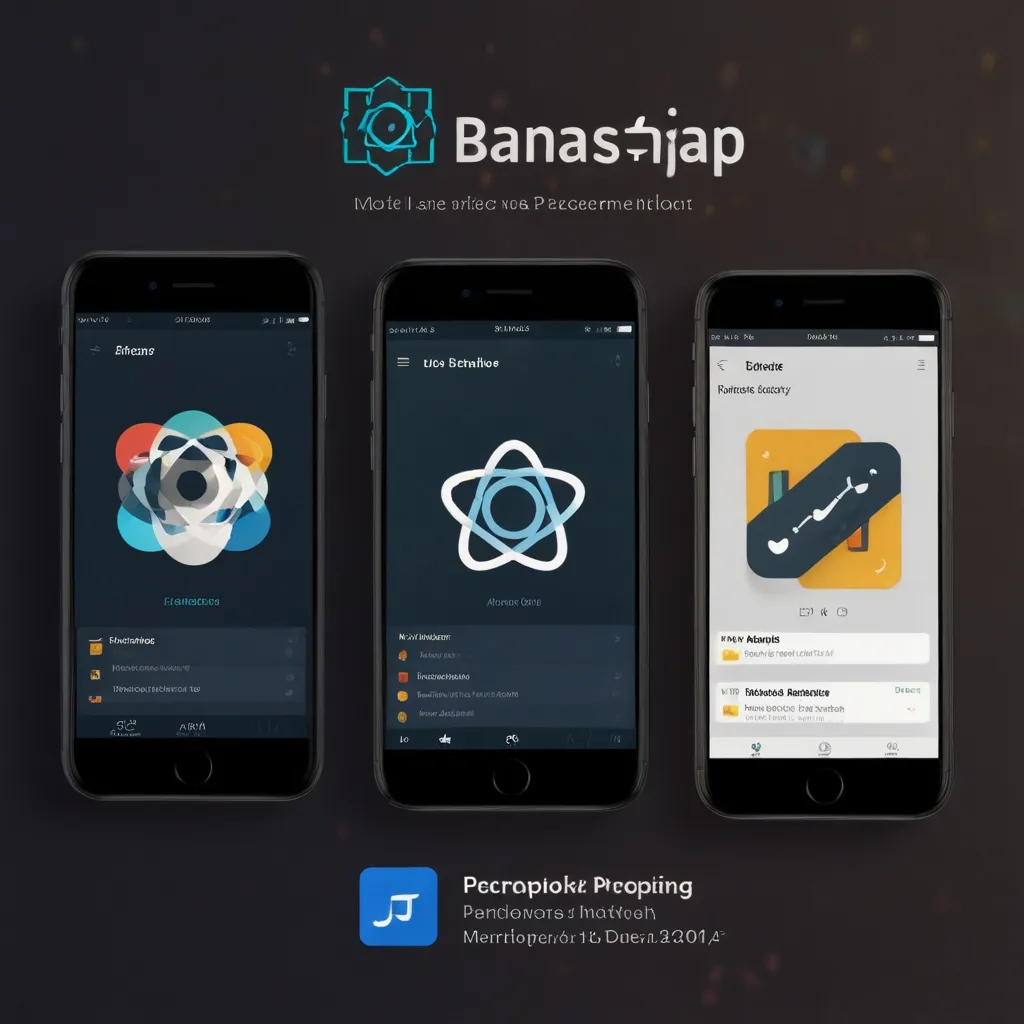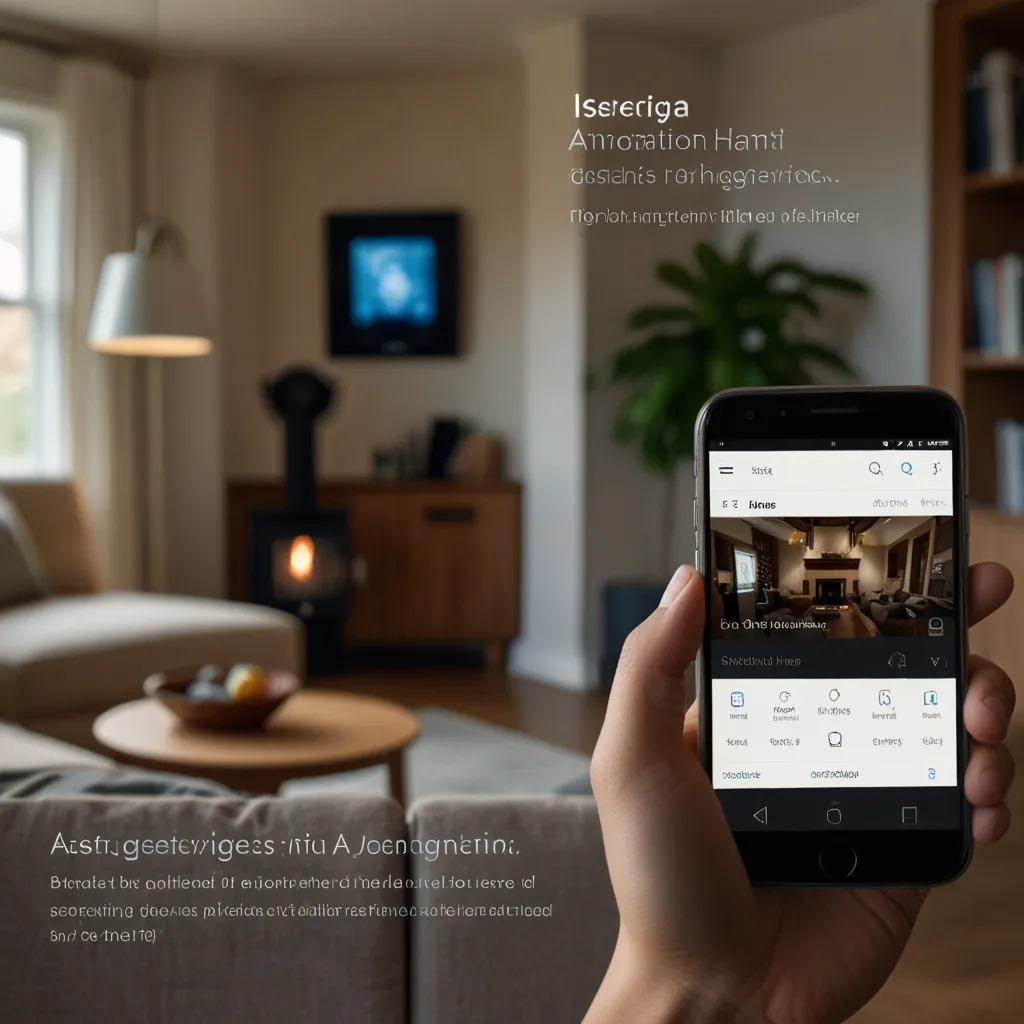Server-Side Rendering or SSR has become a cool kid on the block in the world of web development. It’s like that popular kid everyone wants to hang out with because of its amazing benefits in boosting website performance and SEO. Now, imagine visiting a website and waiting forever for it to load. Annoying, right? Well, SSR solves that issue, making websites not only faster but also smoother to use.
So, let’s dive into what SSR really is. Instead of letting your browser do all the heavy lifting with traditional Client-Side Rendering (CSR), SSR gets the server to handle the bulk of the work. With CSR, your browser just gets a skeletal HTML structure and loads JavaScript to fetch and display content. This often means waiting around as the JavaScript does its thing. But with SSR, the server predigests the content, and bam!—a fully rendered page lands on your browser instantly.
One of the coolest things about SSR is its impact on load times. We’ve all grumbled about slow-loading pages, but SSR hands you a fully formed page without the fuss. Your browser gets the whole package at once, making it snappy and satisfying to use. No more staring at a blank page waiting for it to load.
Now, for all the SEO enthusiasts out there, SSR is a dream come true. Search engines love fast websites. When your website is quick and provides a seamless user experience, search engines like Google notice. They index your content better since the HTML is already generated. This is a big deal compared to CSR, where search engines might get tripped up by dynamically generated content.
Besides speed and SEO, SSR makes your website more secure. With the server handling HTML generation, the risk of client-side JavaScript vulnerabilities drops. It makes things tighter and more secure, keeping those pesky attackers at bay.
There’s more to love with accessibility. Older devices and assistive technologies like screen readers benefit from SSR’s pre-rendered content. These tools can parse through the server-generated HTML much better than content generated on the fly by JavaScript. It’s a win-win for everyone.
There are already some shining examples out there of SSR in action. Big names like The Washington Post and Notion use frameworks like Next.js and Nuxt.js to harness SSR’s power. They’ve seen the benefits firsthand, and it’s made a significant difference in their performance and SEO.
However, it’s not all rainbows and sunshine. One of the hitches in the SSR plan is the increased load on the server. Generating HTML on the server requires more grunt work, especially with high-traffic sites. This can mean ramping up operational and maintenance efforts.
Another thing to mull over is delayed interactivity. Sure, the initial load time is faster, but the interactive elements might take a bit longer to kick in as the JavaScript loads. It’s a bit of a trade-off and something developers need to find the right balance for.
Choosing between SSR and CSR isn’t a one-size-fits-all deal. If SEO, load times, and user experience top your priority list, SSR is the way to go. But, if your website relies heavily on being super interactive and you can afford a slight delay, CSR might still be your best friend.
Pulling off SSR involves setting up a backend runtime environment like Node.js to get the server-side party going. Let’s say you’re building a simple newsletter signup form. Using a framework like Next.js, the server generates the HTML for this form and zips it over to the browser, making sure users see it immediately without waiting around.
SSR is undeniably powerful and brings a lot to the table in terms of performance, user experience, and SEO. Sure, it has its challenges, but the payoff can be worth it when your website loads fast, ranks well, and provides a fantastic user experience. As you navigate your next web project, weighing the pros and cons of SSR will guide you in making the best decision.
In today’s digital playground, having that little extra edge makes all the difference. SSR gives you that jump start with quick loading times and SEO-friendly designs, creating an overall superior user experience. Whether it’s a sleek blog or a dynamic web application, exploring the potential of SSR is definitely worthwhile.






